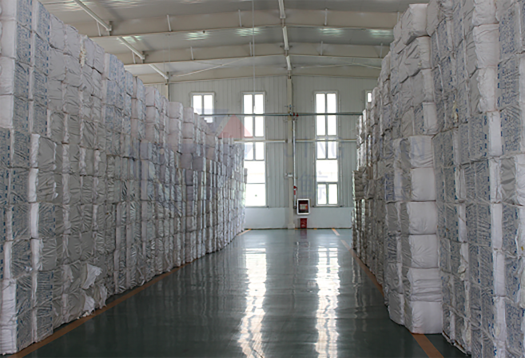
Nov . 13, 2024 10:56 Back to list
hpmc synthesis
HPMC Synthesis An Overview of Hydroxypropyl Methylcellulose Production
Hydroxypropyl methylcellulose (HPMC), a non-ionic cellulose ether, is an important polymer widely utilized in various industries due to its unique properties and versatile applications. Its synthesis involves modifying cellulose, a natural polymer derived from plant cell walls, through a series of chemical reactions. This article aims to provide an overview of the synthesis process of HPMC, highlighting its significance and applications.
Understanding HPMC
HPMC is a cellulose derivative that combines hydroxypropyl and methyl groups into the cellulose backbone. This modification enhances the solubility and stability of the polymer in water, making it suitable for numerous applications such as food production, pharmaceuticals, and construction materials. In addition to its solubility, HPMC also exhibits excellent film-forming, thickening, and emulsifying properties, making it a preferred choice in various formulations.
The Synthesis Process of HPMC
The synthesis of HPMC typically involves several key steps
1. Cellulose Extraction The process begins with the extraction of cellulose from renewable sources such as wood pulp, cotton, or agricultural residues. The cellulose is purified to remove impurities that may interfere with subsequent reactions.
2. Alkalization The purified cellulose is then treated with an alkaline solution, such as sodium hydroxide (NaOH), which swells the cellulose fibers and makes them more reactive. This step is crucial as it prepares the cellulose for etherification.
3. Etherification Reaction The alkalized cellulose is reacted with propylene oxide and methyl chloride. In this step, hydroxypropyl and methyl groups are introduced into the cellulose structure. The reaction temperature, duration, and concentration of reagents are carefully controlled to achieve the desired degree of substitution, which directly influences the properties of the final product.
4. Neutralization and Precipitation After the etherification reaction, the unreacted chemicals and by-products are neutralized, often using a dilute acid solution. The HPMC is then precipitated from the reaction mixture, usually by adding a non-solvent such as ethanol or isopropanol, leading to the formation of a solid product.
5. Washing and Drying The precipitated HPMC is washed multiple times to remove residual chemicals and impurities. It is then dried to obtain the final product in powder form, which can be easily handled and packaged.
Factors Influencing HPMC Properties
hpmc synthesis

Several factors during the synthesis process affect the final properties of HPMC, including
- Degree of Substitution (DS) The DS is a critical parameter that determines the solubility and viscosity of HPMC in solution. Higher DS values typically lead to increased solubility and lower gelation temperatures.
- Molar Ratios The ratio of methyl chloride to propylene oxide during the etherification process affects the balance of hydroxypropyl and methyl content in the polymer, ultimately influencing its functional properties.
- Reaction Conditions Temperature, reaction time, and pH control throughout the synthesis process are vital to ensure optimal product quality and consistency.
Applications of HPMC
HPMC finds applications across numerous fields
- Cosmetics and Personal Care Due to its thickening and emulsifying properties, HPMC is frequently used in creams, lotions, and gels to improve texture and stability.
- Pharmaceuticals As a binders and film-forming agent, HPMC is widely used in tablet formulation and controlled-release drug delivery systems.
- Construction In the construction industry, HPMC is utilized as a water-retaining agent in mortars and plasters, enhancing workability and adhesion.
- Food Industry HPMC serves as a food additive, providing thickening and stabilizing functions in various food products.
Conclusion
The synthesis of hydroxypropyl methylcellulose is a complex but well-established process that plays a crucial role in producing this versatile polymer. The unique properties of HPMC make it invaluable across multiple industries, contributing to innovations in formulations and applications. As research continues to advance, we can expect further enhancements in the synthesis techniques and functionalities of HPMC, ultimately broadening its scope of use in the future.
-
Versatile Hpmc Uses in Different Industries
NewsJun.19,2025
-
Redispersible Powder's Role in Enhancing Durability of Construction Products
NewsJun.19,2025
-
Hydroxyethyl Cellulose Applications Driving Green Industrial Processes
NewsJun.19,2025
-
Exploring Different Redispersible Polymer Powder
NewsJun.19,2025
-
Choosing the Right Mortar Bonding Agent
NewsJun.19,2025
-
Applications and Significance of China Hpmc in Modern Industries
NewsJun.19,2025







